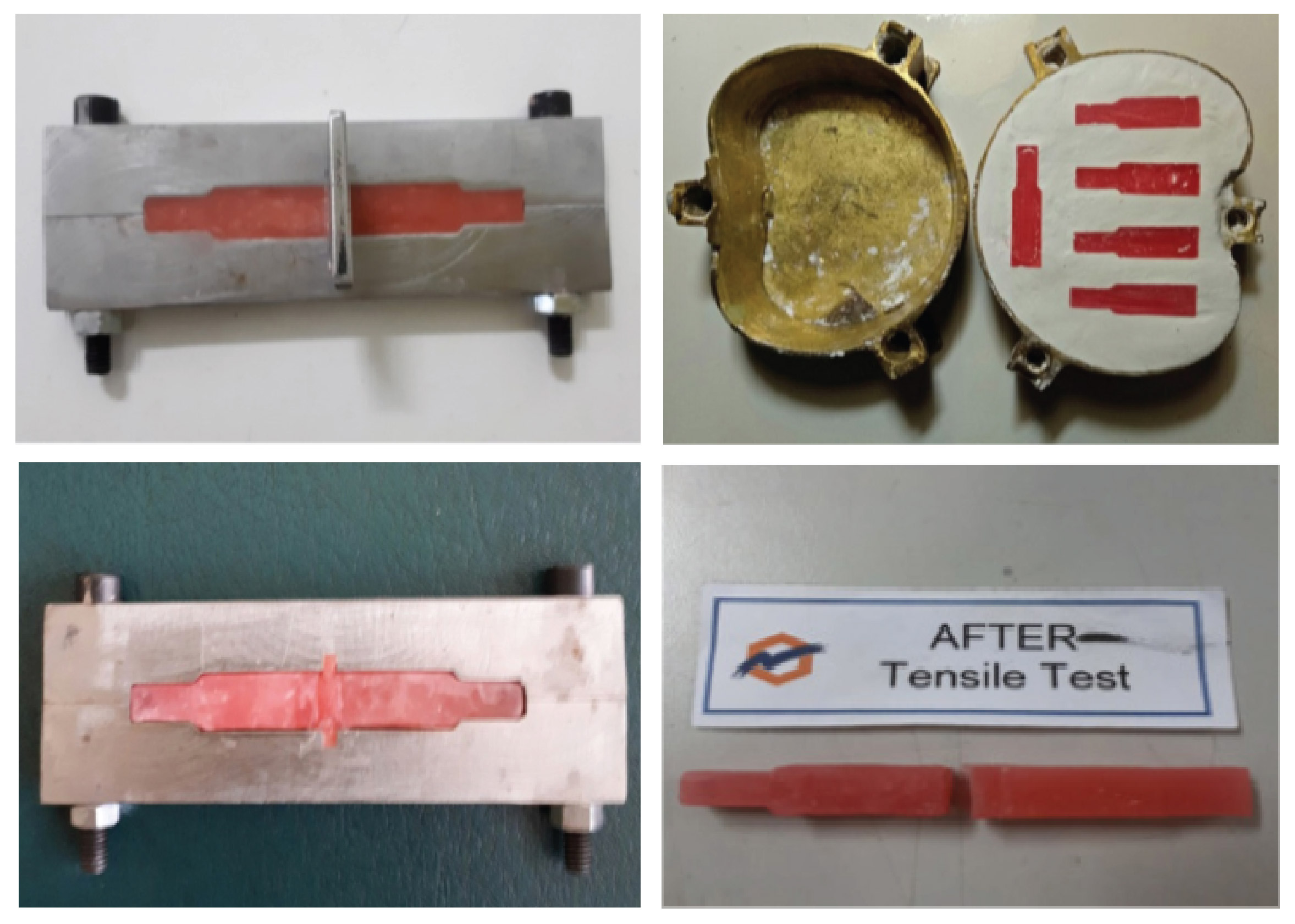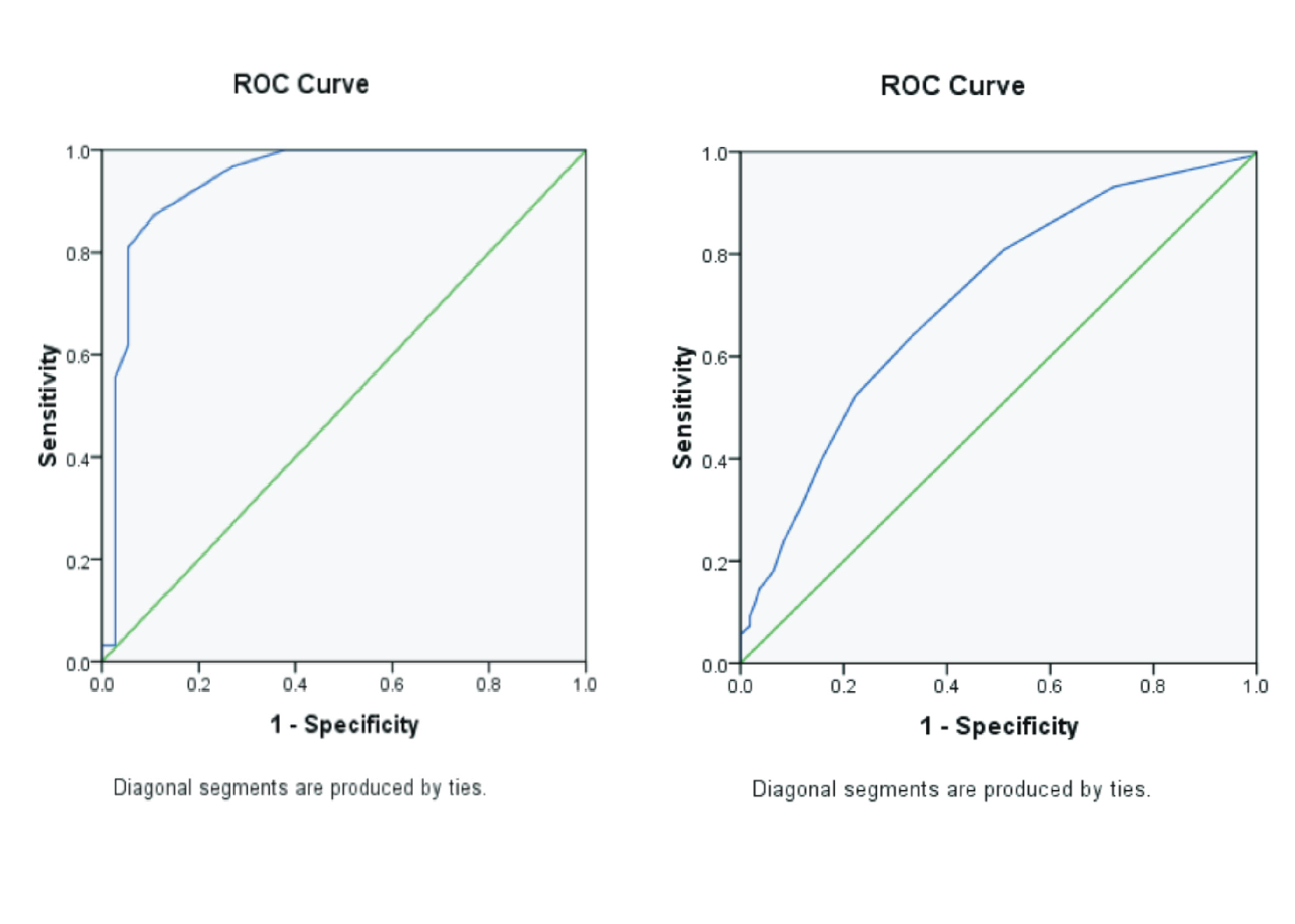THE EFFECT OF RETENTION FORMS ON ACRYLIC BASE SURFACES ON ADHESIVE STRENGTH OF DENTURE RELINER MATERIALS

Downloads
Background: Acrylic prosthesis that are used for a long time are often not sticky anymore and easy off. Treatment that can be done is relining, which is resurfacing with new material addition to prosthesis surface in contact with mucosa. One of materials used is denture reliner made of acrylic material (heat and self cured acrylic). The successful use of this reliner material depends on the retention of acrylic base surface. There is some retentions namely bur strokes, ethyl acetate and Al2O3 sandblast. Purpose: To determine effect of retention in form of bur strokes, Ethyl Acetate and Al2O3 sandblast on acrylic bases surface on adhesive strength of reliner denture material. Method: Research using samples in form of acrylic blocks with a length of 80 mm, a large block width of 10 x10 mm and small block of 10 x 8 mm, reliner material thickness is 3 mm. Total of 64 samples were divided into 2 groups based on reliner materials (heat and self) and each group was divided into 4 groups based on treatment (control, bur stroke, ethyl acetat and Al2O33 sandblast). All samples were subjected to tensile test using UTM to obtain tensile strength values. Result: Heat CA tensile strength value was greater than self CA and the two groups were significantly different (p<0.05), while lowest tensile strength value in control group followed by ethyl acetate and largest value in Al2O3 sandblast and almost all groups were significantly different (p<0.05). Conclusion: Heat CA is more adhesive than self CA and retention on acrylic surface is proven to be effective in increasing adhesive strength of acrylic surface against denture reliner.
Akin, H., Tugut, F., Mutaf, B., Guney, U., 2011. Effect of Sandblasting with Different Size of Aluminum Oxide Particles on Tensile Bond Strength of Resilient Liner to Denture Base. Cumhur. Dent. J. 14, 5–11.
Anusavice, K.J., 2003. Buku ajar ilmu bahan kedokteran gigi, Edisi 10.
Azhindra , Ismiyati, T., Dipoyono, M., Prostodonsia, P.S., Pendidikan, P., Gigi, D., Gigi, F.K., Prostodonsia, B., Gigi, F.K., Gadjah, U., Yogyakarta, M., 2013. Perbedaan Retensi Antara Heat Cured , Self Cured dan Soft Liner Sebagai Bahan Relining Basis Gigi Tiruan Lengkap Rahang Atas Resin Akrilik (Kajian Laboratoris). J. Kedokt. Gigi 4, 242–247.
Darvell, B.W., 2018. Materials science for dentistry, Materials Science for Dentistry.
Fadilah, N.A., 2016. Pengaruh Surface Treatment Etil Asetat Terhadap Kekuatan Tarik Silicone Soft Liner Pada Permukaan Plat Resin Akrilik Polimerisasi Panas. Skripsi Univ. Gajah Mada. Gajah Mada, Jogjakarta.
Hapkins, 1989. Bedah Mulut Preprostetik. EGC.
Kenneth, L.S., K. D., R., W. A., K., 1993. Clinical Removable Partial Prosthodontics. In: Implant Dentistry.
Kenneth, R.D., 1986. Dental Laboratory Procedure Removable Partial Denture, Volume III. ed. The C.V Mosby, Priceton.
Kulkarni, R.S., Parkhedkar, R., 2011. The Effect of Denture Base Surface Pretreatments on Bond Strengths of Two Long Term Resilient Liners. J. Adv. Prosthodont. 3, 16–19.
Lung, C.Y.K., Matinlinna, J.P., 2012. Aspects of Silane Coupling Agents and Surface Conditioning in Dentistry: An Overview. Dent. Mater. 28, 467–477.
Madan, N., Datta, K., 2012. Evaluation of Tensile Bond Strength of Heat Cure and Autopolymerizing Silicone-Based Resilient Denture Liners Before and After Thermocycling. Indian J. Dent. Res. 23, 64–68.
Mahajan, H., Chandu, G.S., Mishra, S.K., 2014. An in vitro study of the effect of design of repair surface on the transverse strength of repaired acrylic resin using autopolymerizing resin. Niger. J. Clin. Pract. 17, 38–42.
Setiawan, R., 2013. Penatalaksanaan Relining Pada Gigi Tiruan Sebagian Lepasan (Gtsl). J. Ilm. Widya.
Shimizu, H., Takahashi, Y., 2012. Review of Adhesive Techniques Used in Removable Prosthodontic Practice. J. Oral Sci. 54, 205–211.
Sudiono, J., A., W., 2001. Resorbsi Jaringan Pendukung Keras Geligi Tiruan Lengkap Rahang Bawah pada Wanita. MKG (Dental Journal).
Waskitho, A., Tjahjanti, E., Kusuma, H.A., 2014. Pengaruh Surface Treatment Terhadap Kekuatan Geser Relining Termoplastik Nilon dengan Resin Akrilik Kuring Dingin. J. Kedokt. Gigi 5, 237–245.
Copyright (c) 2021 Journal of Vocational Health Studies

This work is licensed under a Creative Commons Attribution-NonCommercial-ShareAlike 4.0 International License.
- The authors agree to transfer the transfer copyright of the article to the Journal of Vocational Health Studies (JVHS) effective if and when the paper is accepted for publication.
- Legal formal aspect of journal publication accessibility refers to Creative Commons Attribution-NonCommercial-ShareAlike (CC BY-NC-SA), implies that publication can be used for non-commercial purposes in its original form.
- Every publications (printed/electronic) are open access for educational purposes, research, and library. Other that the aims mentioned above, editorial board is not responsible for copyright violation.
Journal of Vocational Health Studies is licensed under a Creative Commons Attribution-NonCommercial-ShareAlike 4.0 International License














































